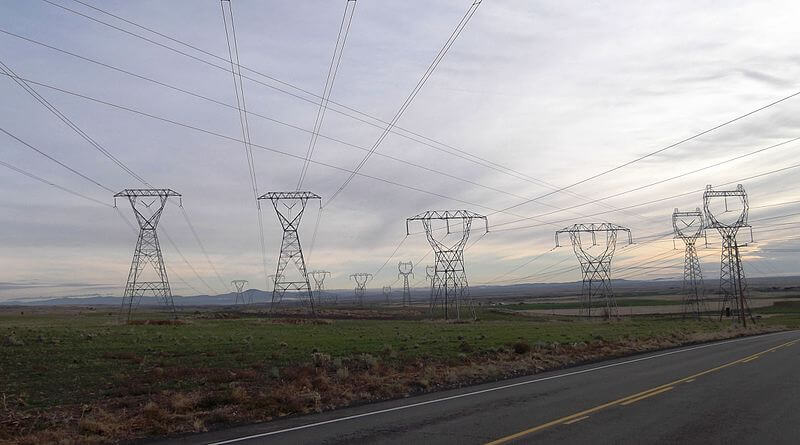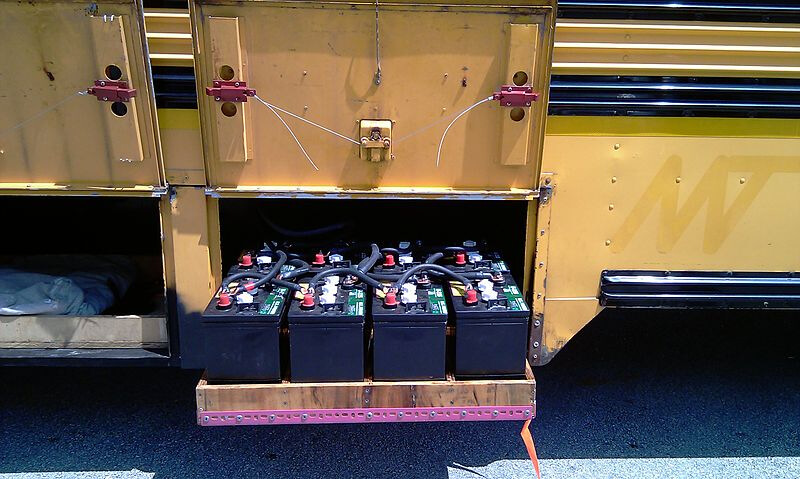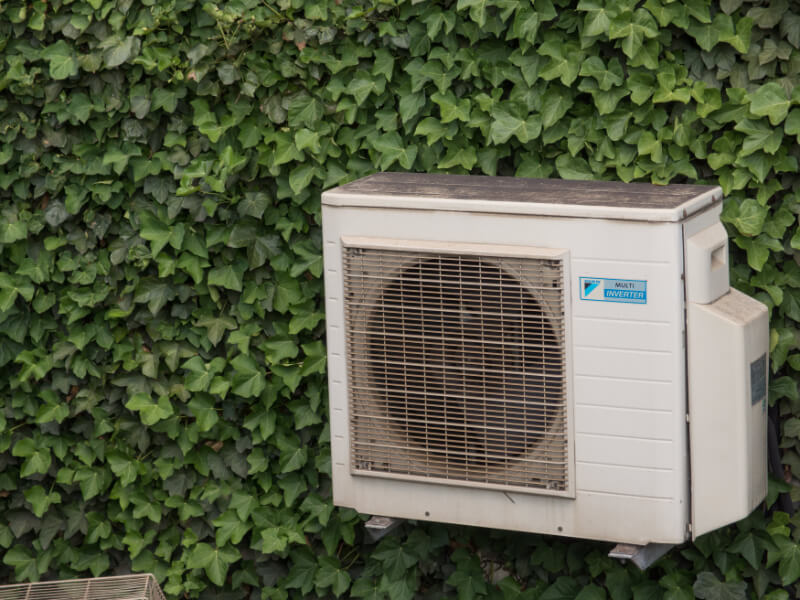People globally have started realizing the true worth of solar energy, and how valuable it is when it comes to protecting the environment. Solar panels and solar inverters are not only affordable, but also dependable and financially quite advantageous. While most people are aware of the environmental benefits of a solar system, its financial benefits are lesser-known.
There might be a high sum that you invest initially to set up the solar energy system, but after this is done, you save money for an entire lifetime with extremely low electricity bills and the value of the property increased.
Calculate your savings
The Grid Connected Rooftop System or GCRT is widely available in the country, and the government is doing its best to promote it – but the real deal is whether or not solar systems can make up for this investment. If the answer to this question is yes, then how many years will it take for the solar system to recover this cost? The rate of electricity is only increasing, and so GCRT proves to be the best option if you want to save money. Furthermore, the incentives provided by the government to install these systems, makes it the best financial investment you can make.
1. Instant savings:
While we know that solar energy can reduce your monthly electricity costs to a large extent, the main question that must be answered is – by how much does it get reduced. Solar panels provide any home or commercial building with electricity, without the requirement of any utilities but sunlight. This factor, paired with the attractive incentives offered by the government will reduce your expenditure to a new low.
Compare the bills with the traditional utility bills from earlier times, and you will see a huge difference. With a solar energy system, you end up not buying electricity, but actually saving it.
2. In-built savings:
The electricity bill that comes in every month will get reduced, so that you can enjoy small energy savings. Over a period of time, these savings will add up to make a large sum of money that will eventually help you repay loans that you might have taken to purchase the solar system. However, the important factor that you must know is that the savings will be different for different people.
This difference is usually determined by the location, the amount of sun exposure, and a few other factors that play a crucial role in generating solar energy. Therefore, while some people might be lucky enough to get 100% savings, you might only get 40% or vice versa.
3. Long-term savings:
Now let us talk about the long-term savings that solar energy systems bring with them. You can rest assured to receive a return every month for the initial investment that you make on the solar system. You do not have to pay for any utility company every month like before – and that means a lot of savings. This way, you accumulate energy and its cost is paid to you directly, through various accounting and adjustments.
You must understand what this means. Not only will you save energy every month, but you will get paid for the extra units of energy saved.
4. Depreciation benefits:
Depreciation benefits are meant for the commercial users of solar systems and not residential users. When any industrial/commercial segment installs a solar system, they can claim a 40% accelerated depreciation (AD) from the government. This is one of the many incentives that the government provides to encourage the wider use of solar panels and solar inverters. The tax payment ultimately gets affected by this depreciation benefit.
Eliminating or Reducing Your Electricity Bill
1. Generating your own electricity:
A Grid Connected Rooftop Solar System, or GCRT solar energy system allows you to decide how much electricity it will generate based on your requirements. Whatever your requirement of energy is for running various appliances in the house, the GCRT will generate only that much electricity. No external storage space is required, as the grid is itself a storage bank.
Once you sync the energy generated with the grid, you can deposit whatever extra electricity is produced, and take that back when you need it. The DISCOM provides an extensive list of procedures and guidelines, and as long as you abide by these, the process is easy, simple, and extremely convenient.
2. Security from rising electricity costs:
Electricity costs play a huge role in your overall budget to run a house, and constantly making efforts to keep these costs at bay can become a hassle. Fossil fuels like coal, oil, natural gas, and so on help in the production of electricity. All these elements, however, are quite susceptible to change due to the nature of foreign markets – which are largely unpredictable and unstable, to say the least.
These electricity rates are always on the rise, but when you take the decision to switch to solar energy, you can work against this force of increasing rates. For the next so many years to come, you get to personalize and experience your own electricity rates. The best part is, these remain constant if you want them to. Your money remains under your control.
3. Offset against electricity costs:
The way the GCRT solar system works is that when there is more electricity or energy produced by the solar panels than required, the excess gets stored in the utility grid. The general rule is for electrical companies to pay you for the excess energy you are giving them. Make sure to keep a track of these excess energy productions and the payments made. You can keep a track of the energy generated by the system using the “Net Metering” technology.
4. Dictate your electric costs:
With a GCRT solar system, you can dictate your electric costs, as it entirely depends on how much electricity the system generates and how much of it you actually used. It’s not like your household appliances will not use power from the utility grid, but the overall costs will still be less because of the usage of solar energy.
Indirect benefits of GCRT solar systems
While we have already discussed the direct benefits of GCRT solar systems, it is time to talk about a few indirect ones.
- Loss of transmission and distribution is less.
- The gestation period is low.
- The system congestion gets reduced, along with an improvement in the grid voltages.
- Over the span of a year, there is an abatement of a total of 60 million tonnes of CO2.
- Daytime peak loads are better managed.
- 20-25 years of free electricity is generated after the initial ¾ years.
- 300 Watt Solar Panel Prices in India: 2023 - March 8, 2023
- 500 Watt Solar Panel Prices in India: 2023 - March 5, 2023
- Loom Solar Panel Price: 2023 - February 19, 2023



